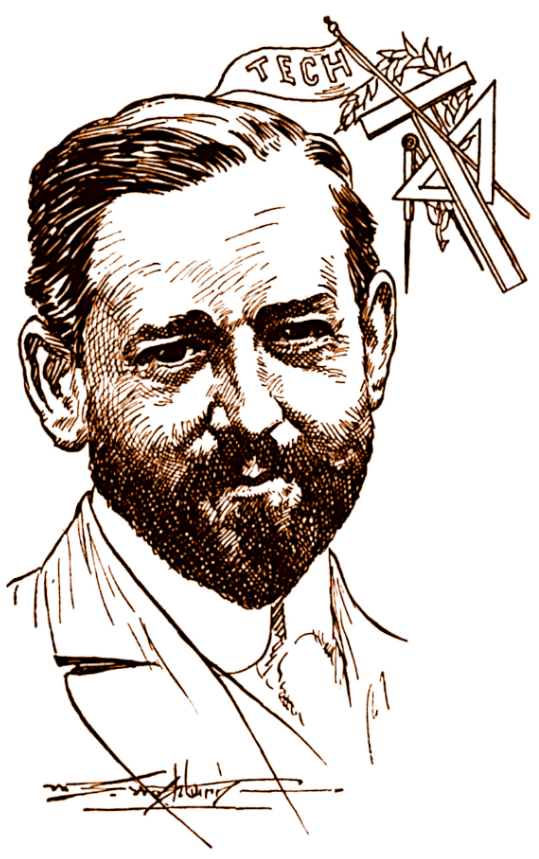By Abigail Bao

On Friday, April 26, Gretchen Chapman, the department head and professor of social and decision sciences at Carnegie Mellon, held a seminar entitled “Messages, Mores, Mandates, and Misunderstandings in Immunization.”
The seminar covered two important topics — factors that most impact vaccine rates and methods to help the public understand numerical figures associated with vaccine efficacy. To gauge vaccination rates, Chapman and her team utilized various sources such as self-reports and medical records.
“Practical factors” — mandating COVID-19 vaccination for long-term care workers, for example — have the strongest impact on boosting vaccination rates, among other factors, such as “individual perceptions” and “social processes.”
Although making vaccination mandatory at the organizational or governmental level can successfully increase the vaccination rate, this policy change can also result in the termination of many workers if they fail to meet the vaccine compliance requirements, which presents a significant cost in pushing forward such policies.
In the following discussion with seminar attendees involving the cost analysis and ethicality of mandating vaccination, Chapman drew parallels to the “smoke-free workplace rule” and concluded, “it’s a very rich discussion topic of what should be regulated and what shouldn’t be regulated.”
In terms of individual perceptions, messages emphasizing the personal benefit of vaccination, such as “a flu shot reserved for you,” are most effective. A possible explanation behind this is that there is a tendency for individuals to prioritize scarce resources, leading to a preference for vaccination among select groups. Despite this, the impact of such messaging is relatively small, albeit still statistically significant.
Social processes, including observing others’ behavior and expectations, also influence vaccination decisions. For example, instead of giving the target individuals the option to opt-in when scheduling a vaccine appointment, scheduling an appointment beforehand and offering the option to opt-out is more effective.
This finding is particularly valuable for large organizations to manage group vaccination processes and boost their employee vaccination rates. Similar to the factor of individual perceptions, the impact of change in social processes is also significant but small on vaccination rate improvement.
The second part of the discussion focuses on clarifying misconceptions about vaccine efficacy. For instance, the term “95 percent efficacy” often overlooks the placebo group, leading to misunderstandings. “95 percent efficacy” does not mean a vaccinated individual has a 95 percent chance of not being affected, but rather the chance of being immune to the virus improved by 95 percent in comparison to an unvaccinated individual.
Chapman presented a research initiative that studied different types of graph and formula presentations that make it easier to understand vaccine efficacy. Tutorials that explained vaccine efficacy quantitatively are found to be more effective than tutorials with basic descriptions and pictures of ailments in enhancing understanding, particularly for individuals who can easily translate numbers. Furthermore, tutorials help mitigate misleading patterns in illness-related questions and promote a more accurate understanding of efficacy.
“Vaccine hesitancy is one of the top 10 threats to global health according to the World Health Organization, and I’ve been studying vaccination for a really long time before it was fashionable,” Chapman said. “There are so many important reasons [to get vaccinated]. It’s an important preventive behavior, it has big policy relevance. Also, as health behaviors go, it’s kind of easy to study, because it applies to everyone.”






Leave a Reply